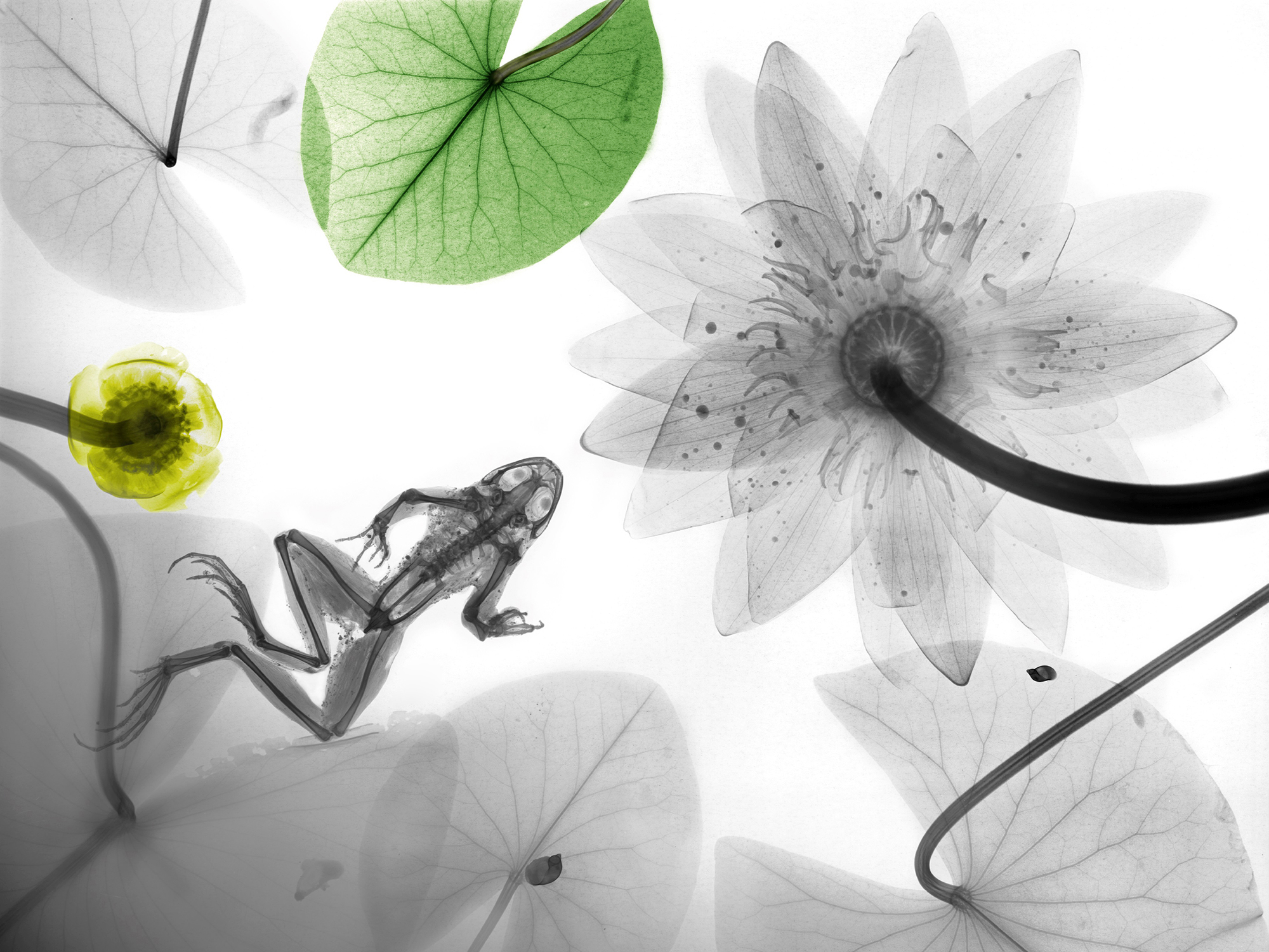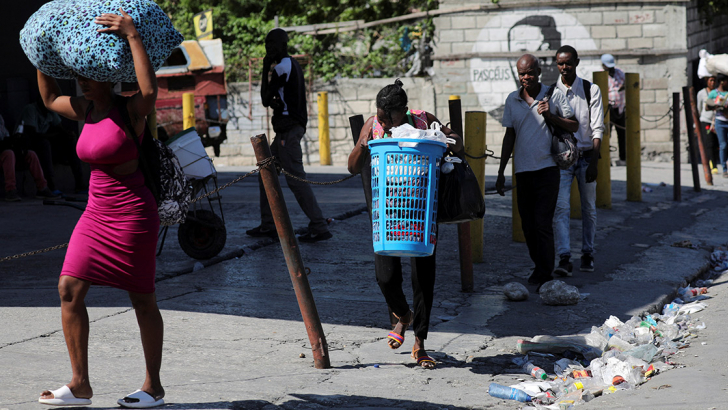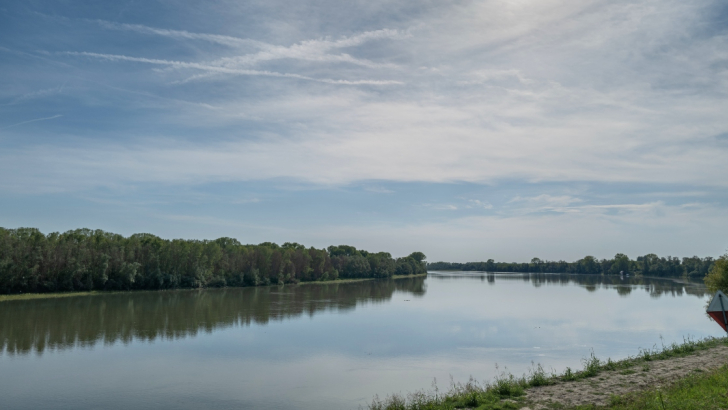
Shelves full of books, tools and materials for photography developing. A lot of films and dried flowers. A blue curtain protecting a precious corner of that room: the darkroom. From that place, from the darkroom, all the pictures covering the room's walls come out. And those pictures are exceptional: they are X-ray photographs of plants and animals. Here is the study of Arie Van't Riet, a Dutch physicist who applies his knowledge in the field of physics to artistic creations. Physics and art, a combination that for Dr. Van't Riet was born a little by chance.
At some point in his career, while working as a physicist in the radiology and nuclear medicine department at Deventer Hospital, in Holland, and teaching some technicians to use X-rays, he thought about using flowers as a practice. Thus he picked some flowers from the hospital garden and asked to use the flowers as samples for x-rays. The work with flowers was a success! And that moment for Arie that was the beginning of a new and unexplored job. Indeed he decided to colour some details of the flower X-ray pictures, and he obtained a new kind of artworks: artworks between science and art.
We talked about X-ray photography of nature directly with Dr. Van’t Riet in an interview.
Behind each X-ray photography, there is a lot of work. There are difficulties, but thanks to the excellent knowledge of X-rays and their use and to the passion for photography, Dr. Van't Riet succeeds in creating his "bioramas".
The first step is to get the material. Flowers are collected or purchased, and dead animals are founded on the street or purchased. Once he has collected the material, Arie proceeds with the composition, which takes place on a particular silver bromide X-ray film. He then exposes the film to an X-ray source located about one meter above it. This way, what Arie gets is the negative of the flower or animal composition: a white image of the starting composition on a black background. All the steps required from the initial image composition to the negative picture are done analogically. The negative is then digitally edited. Finally, Arie colours some picture details to complete his creation.
The entire process's key step is the exposure of the natural composition to X-rays, an operation that requires specific skills and great knowledge of X-rays and their use. Without physics and without the knowledge that physics gives, the realization of Arie's artworks would not be possible. Arie makes only one exposure to X-rays: all the subjects are exposed to X-rays simultaneously to obtain his creations. "The greatest difficulty, therefore, is to combine different X-ray energies in a single exposure. - says Dr. Van't Riet - To obtain images of plants, for instance, you need X-rays at low energy, while animals require a higher level of X-ray energy". At first, Arie uses a low energy exposure for about two and a half minutes to visualize the thinner parts (such as plant petals or leaves) followed by a second, higher energy exposure for about three and a half minutes to view the thickest details. That is the basic procedure, but Dr. Van't Riet has developed several tricks depending on the chosen subject. For example, Arie uses special supports that allow a selective exposition of the composition to X-rays or different ones to dose the energy with a specific gradient.
Arie Van't Riet does not see himself as an artist: he considers himself a physicist, and physics remains the center of his work. However, he was able to see and understand how in-depth knowledge in a specific physics sector - that of X-rays in this case -, when combined with art, can have unexpected implications and can make us see nature with new (artistic) eyes.
























